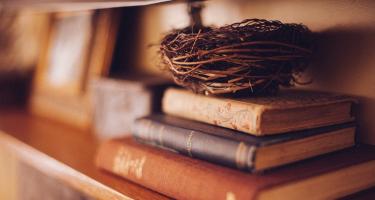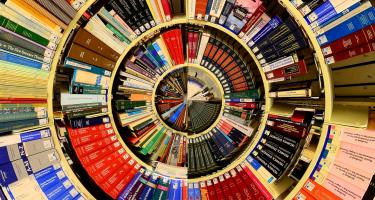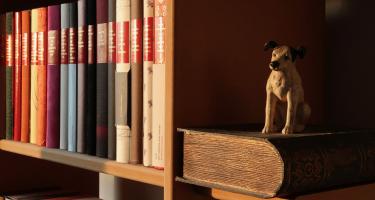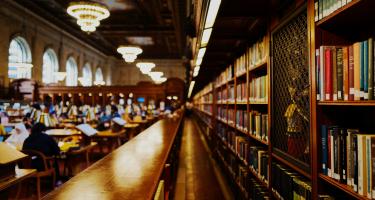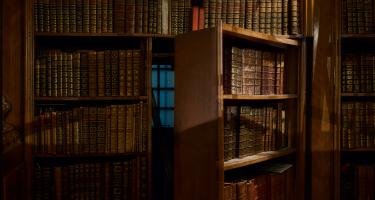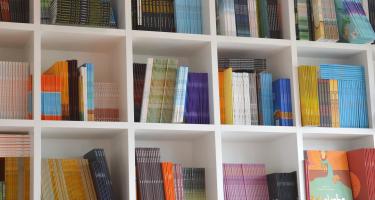
Carpenter: The Craft of Science Writing
Who is a science journalist and how do you become one? What makes a science story and how do you find one? How do you report a science story? How do you tell your story? How do you build expertise in science writing? —The Craft of Science Writing: Selections from The Open Notebook edited by Siri Carpenter, TON co-founder, provides 30+ articles delving into these concerns, many by NASW members.


